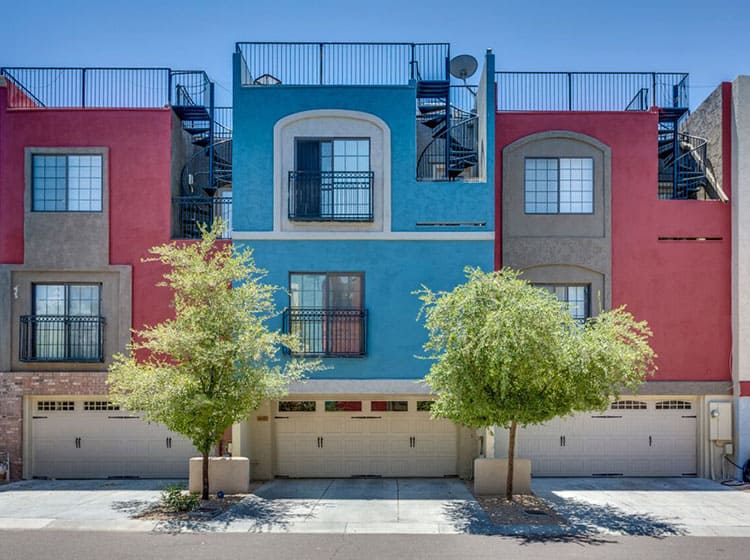The Performance Of Your Commercial Outside Paint Task Is Very Closely Connected To Weather-- Learn How It Can Either Sustain Or Prevent Your Preferred Results
The Performance Of Your Commercial Outside Paint Task Is Very Closely Connected To Weather-- Learn How It Can Either Sustain Or Prevent Your Preferred Results
Blog Article
Created By-Welsh Bendtsen
When you're intending a business exterior painting job, do not underestimate the effect of weather on your outcomes. You require to take into consideration elements like temperature level, humidity, and rainfall, as they can make or break your paint work. For instance, did you know that perfect problems require certain temperature level ranges and humidity degrees? Falling short to keep an eye on these aspects can bring about uneven finishes or even damages to fresh paint. Understanding these components is essential to accomplishing a durable, specialist result. So, what specific climate condition should you be wary of?
Temperature Considerations
When it pertains to commercial exterior paint, temperature plays a vital duty in the result of your job. If you're repainting in severe warm, the paint can dry too rapidly, resulting in issues like inadequate adhesion and irregular coatings. You want to go for temperatures in between 50 ° F and 85 ° F for the best outcomes. Below 50 ° F, paint might not cure properly, while over 85 ° F, you run the risk of blistering and breaking.
Timing your project with the right temperature levels is important. Beginning your job early in the morning or later on in the afternoon when it's cooler, particularly throughout hot months.
Also, think about the surface area temperature; it can be significantly higher than the air temperature level, particularly on bright days. Use a surface area thermostat to check this before you start.
If temperature levels are unpredictable, watch on the weather prediction. Unexpected temperature level drops or heat waves can hinder your plans. You do not wish to start painting only to have the conditions transform mid-project.
Humidity Levels
Humidity degrees considerably impact the success of your commercial external painting job. When the humidity is too high, it can prevent paint drying out and curing, leading to a range of problems like bad adhesion and end up high quality.
If relevant web site preparing a job during moist problems, you may discover that the paint takes longer to completely dry, which can expand your task timeline and boost expenses.
Alternatively, low moisture can additionally posture obstacles. Paint may dry out as well rapidly, protecting against appropriate application and resulting in an uneven finish.
You'll want to monitor the humidity degrees very closely to guarantee you're functioning within the optimal range, commonly in between 40% and 70%.
To get the most effective results, think about using a hygrometer to determine humidity prior to beginning your task.
If you find the degrees are outside the optimum array, you might need to change your schedule or pick paints created for variable problems.
Always consult the supplier's standards for certain referrals on humidity resistance.
Precipitation Influence
Rainfall or snow can substantially interrupt your industrial outside painting plans. When precipitation happens, it can get rid of freshly used paint or create an unequal coating. Preferably, you want to pick days with completely dry climate to ensure the paint adheres properly and cures properly. If you're caught in a rain shower, it's finest to halt the task and wait for conditions to enhance.
Furthermore, snow can be even more damaging. Not only does it develop a damp surface area, but it can additionally lower temperatures, making it difficult for paint to completely dry. This can result in concerns like peeling off or blistering down the line.
find more info to examine the weather report prior to beginning your job. If rain or snow is anticipated, think about rescheduling.
Constantly remember to enable appropriate drying time between layers, particularly if the weather condition stays unpredictable.
Conclusion
To conclude, watching on the weather is important for a successful industrial outside paint task. By monitoring temperature, moisture, and rainfall, you can guarantee the very best conditions for application and curing. Keep in mind to prepare your work around beneficial climate and constantly comply with maker standards. With the appropriate strategy, you'll attain a resilient, beautiful finish that can withstand the components. Do not let the climate capture you off-guard-- stay educated and paint wise!
